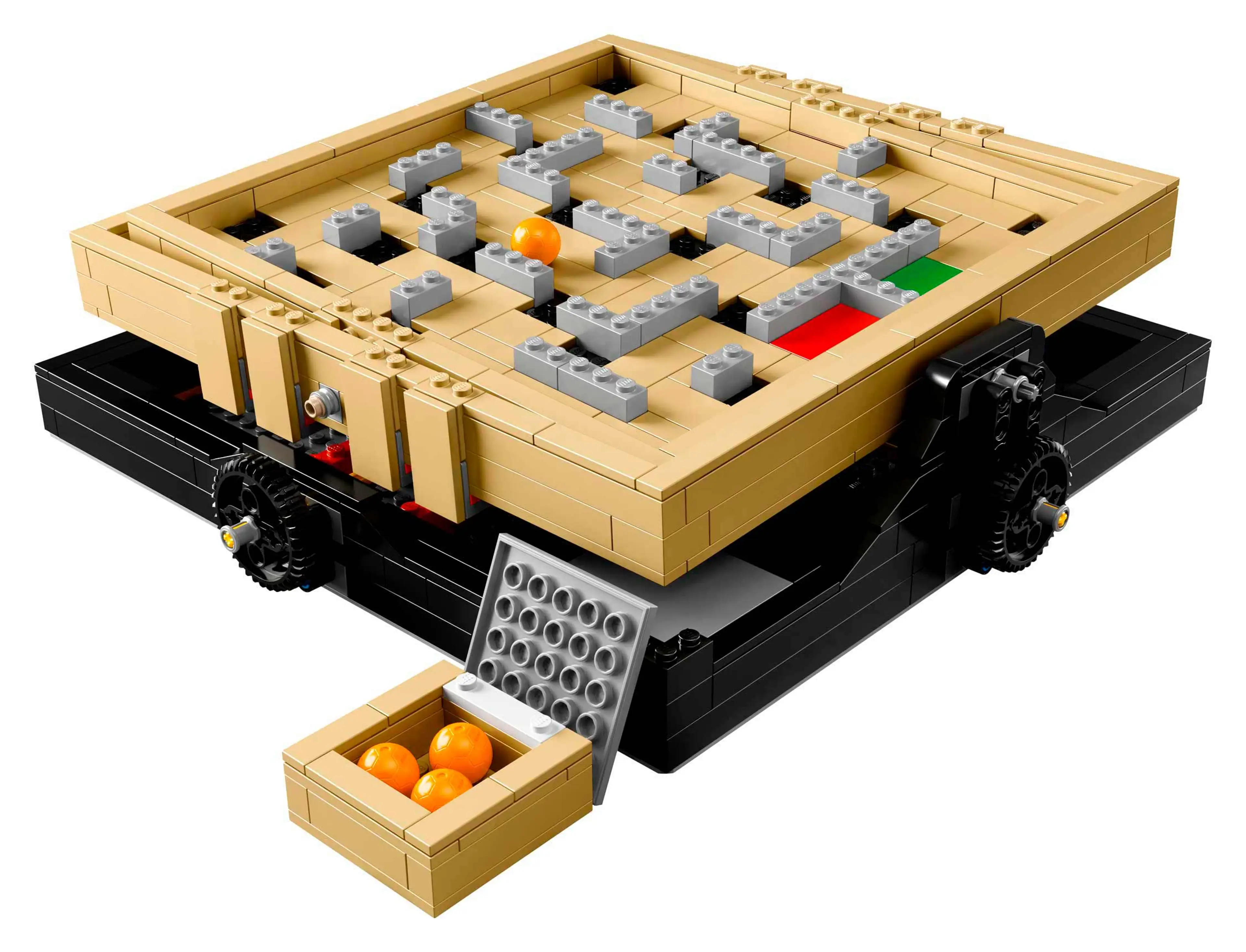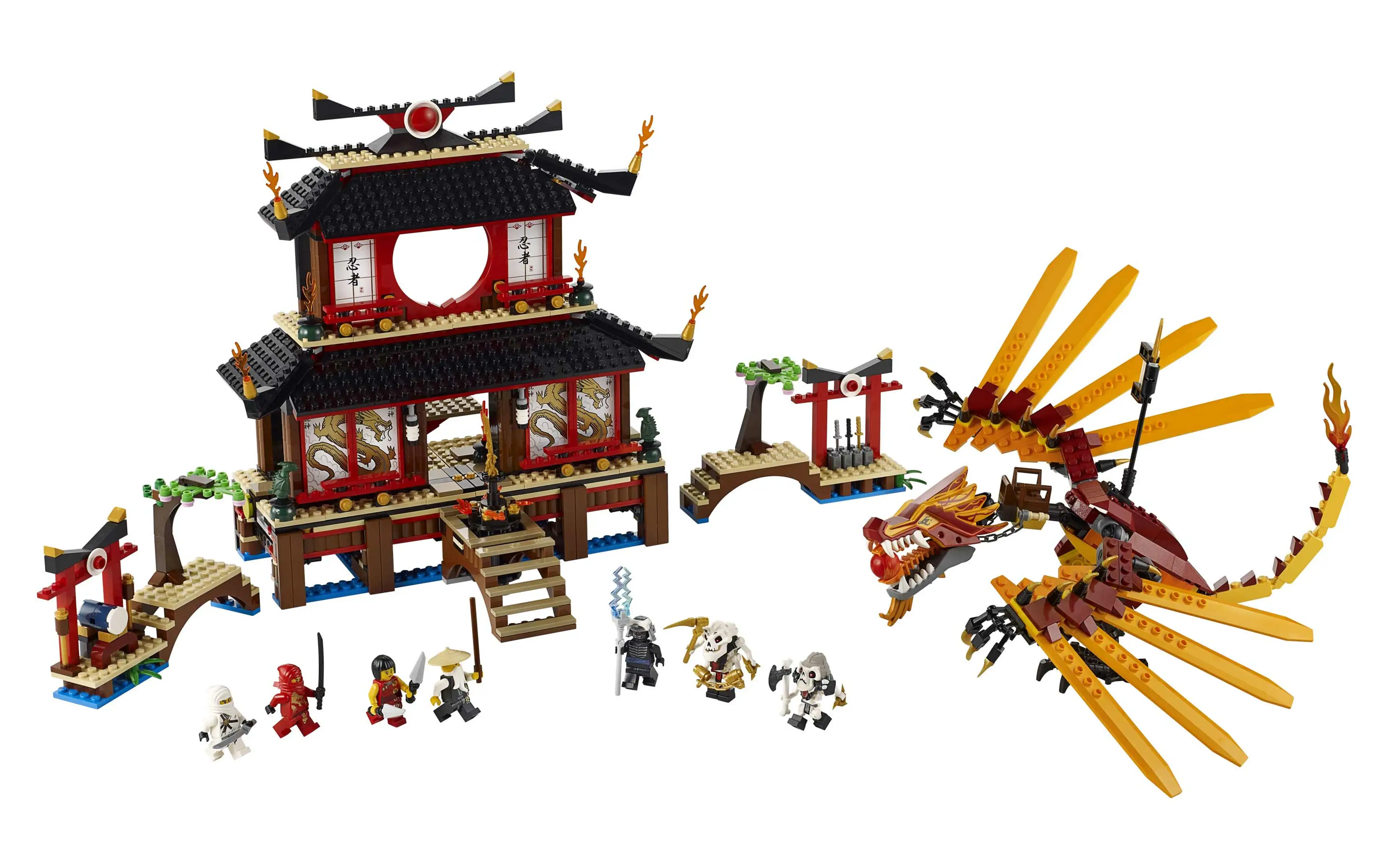From the early to mid-2000s the LEGO Group starts to move closer to its consumers and many new ways of communicating and engaging with fans are created. The company is intrigued by the innovation taking place among adult consumers and consequently engagement with fans in the development process start to occur. Fascinated by all the ideas spreading from the fan community the LEGO Group set out to establish more community-based innovation initiatives. A great example of this is LEGO® Ideas, launched in 2014.
CUUSOO before Ideas
Before LEGO Ideas launch in 2014, a crowdsourcing program is set up as an experiment in Japan when the LEGO Group teams up with the Japanese crowdsourcing platform CUUSOO in 2008. On the LEGO CUUSOO site fan designers aged 18 or older can submit an idea for a new product. If an idea receives at least one thousand supporters, it will be reviewed by a LEGO review board for a chance to become an official LEGO product. In 2011, the audience is expanded as the CUUSOO website is launched globally. At the same time the number of supporters needed for an idea to be reviewed increases to ten thousand.
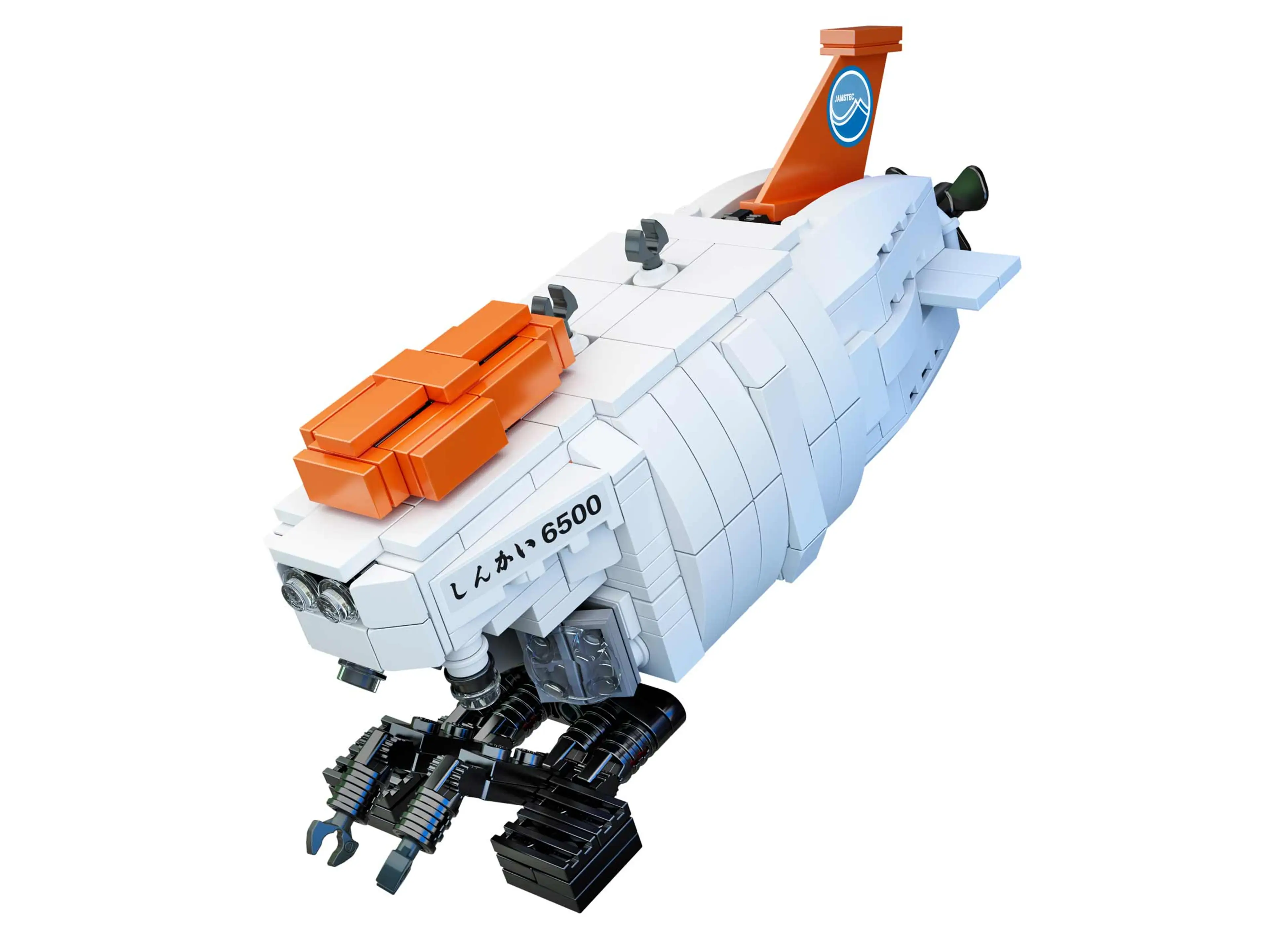
Between 2008 and 2011 two ideas generated on the CUUSOO website become official LEGO® sets. The first, launched in 2011, is set no. 21100, Shinkai 6500
Launching of Ideas
After going global, the LEGO CUUSOO platform becomes a big success. In fact, maybe too big a success, as the program grows to include more than half a million members. Initially established as a pilot program, the platform is not suited for such volumes and thus there is a need to launch a more robust platform. This results in the launch of LEGO Ideas in 2014. By expanding and improving the platform, the LEGO Group is making an even bigger commitment towards crowdsourcing.
The improved platform adds more features, such as responsive design, and all together the new site is aimed at giving users an even better experience. Furthermore, the group of users is expanded by lowering the age limitation from 18 to 13 years. At the same time the standards are higher on the new site. On the LEGO CUUSOO site an idea had unlimited time to reach the ten thousand supporters needed to be considered by the review board. On LEGO Ideas there is a limited timeframe to reach the necessary number of supporters.
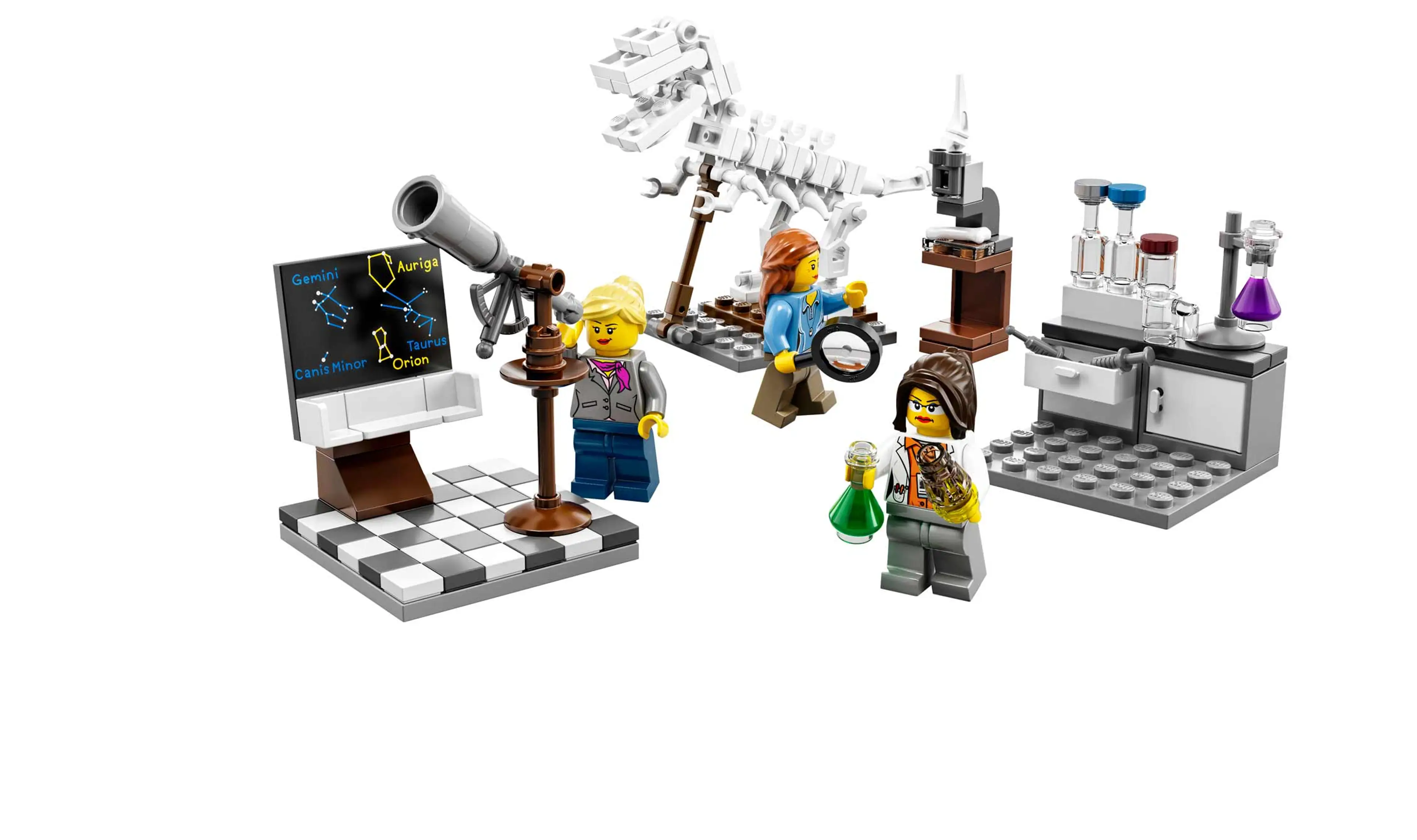
Set no. 21110, Research Institute created by fan designer Ellen Kooijman, launched in 2014
Standing on the shoulders of...
LEGO CUUSOO and LEGO Ideas are not the first examples of the LEGO Group engaging consumers in product development. Especially two concepts pave the way.
In 2005, the LEGOfactory.com website launches. The LEGO Factory concept is based on a competition, with 10 winners having their models put into production and sold as genuine LEGO sets, with the name and photo of the creator on the box. From the website users can download a free copy of LEGO Digital Designer, a software program from 2004 for building 3D LEGO models. A new, improved version of the program is released in 2005 with LEGO Factory.
In 2009, the LEGO Factory concept is reinterpreted into LEGO Design ByMe. Using the LEGO Digital Designer software, the concept offers users nearly 1,500 bricks, from which they can build their own LEGO model online. Once the model is complete, the users design a LEGO box containing all pieces for the model and a building instruction. The designer can now add the set to the shopping cart. In 2012, Design ByMe is shut down. However, the LEGO Digital Designer is still free for download.
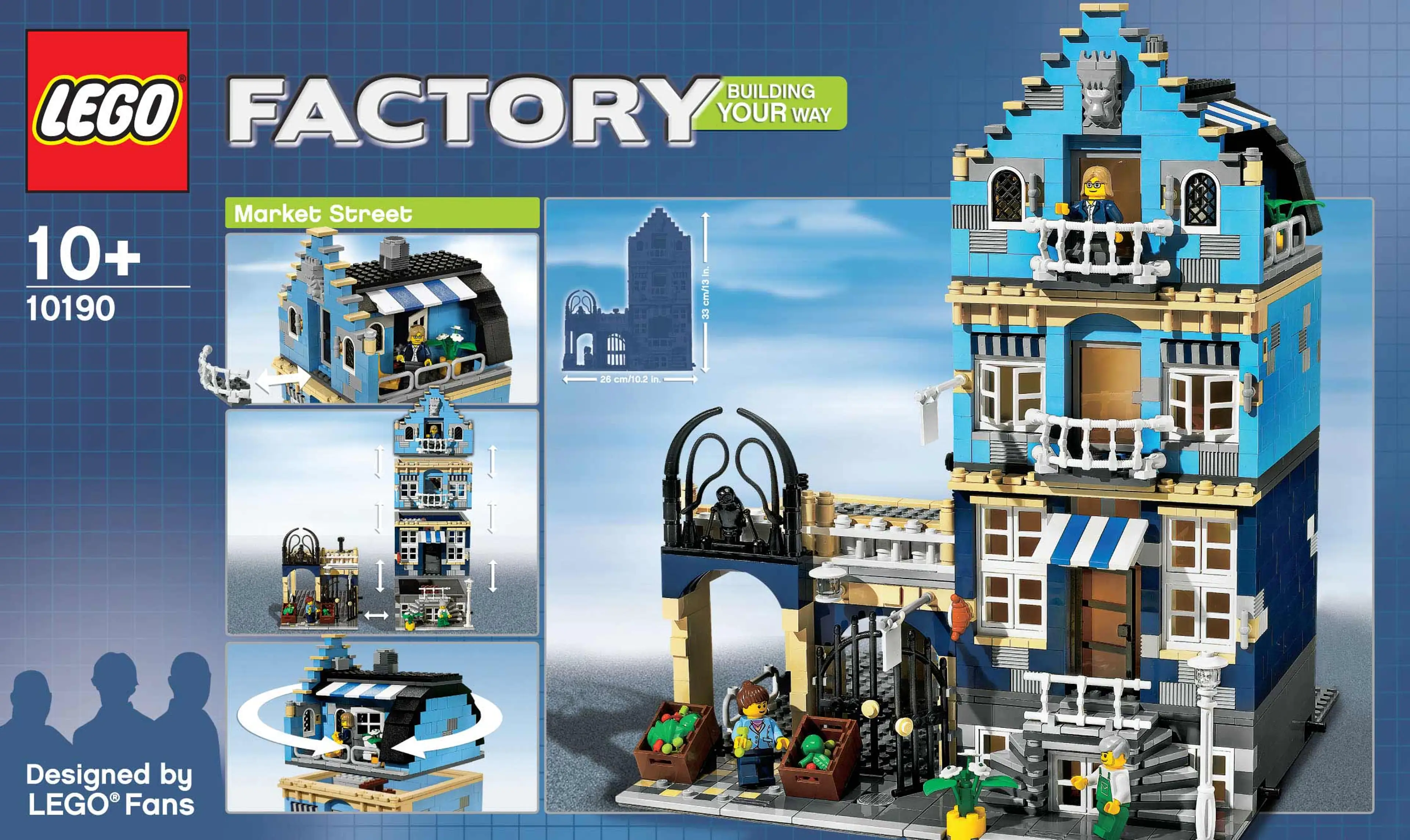
The Iconic fan created LEGO® Factory set, Market Street, launched in 2007
Crowdsourcing at its finest
The LEGO Group sees great potential in crowdsourcing in large part due to the LEGO brick. In the words of Tormod Askildsen, Head of AFOL Engagement “The LEGO brick is a language to express ideas and tell stories, and there are billions of ideas to be shared and stories to be told”. Today the LEGO Ideas website helps realize exactly this through the amazing creativity of fan designers.

